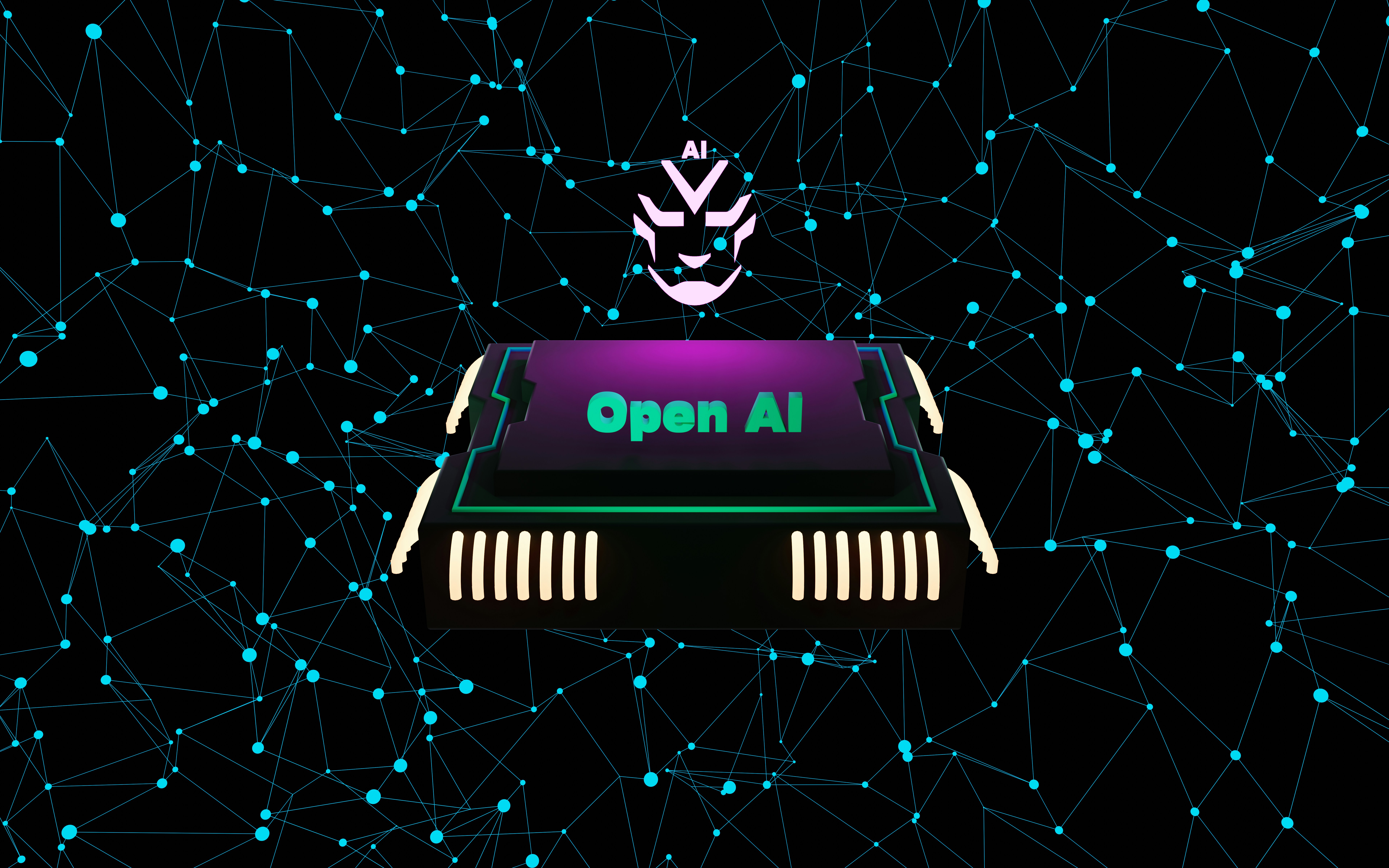
Understanding the agent2agent Protocol
As technology continues to evolve, the demand for efficient communication methods in AI is on the rise. The agent2agent (a2a) protocol emerges as a pioneering solution, aiming to streamline interactions between AI systems. This protocol enhances the network of AI communication, enabling systems to share information and operate collaboratively with minimal human intervention.
The Key Features of a2a
The agent2agent protocol is built on several core principles that make it a cornerstone of future AI interactions. First, it emphasizes standardized communication channels, allowing different AI agents to understand and interpret messages effortlessly. Additionally, a2a supports end-to-end encryption, ensuring that data shared between agents remains secure and private. This focus on security and clarity is essential in creating a trustworthy AI ecosystem.
Implications for Future AI Development
With the advent of the agent2agent protocol, the future of AI communication looks promising. The ability of AI systems to communicate effectively with one another opens doors for numerous applications, such as enhanced customer service, real-time data analysis, and seamless integration of various technologies. As industries adopt the a2a protocol, we can expect optimized workflows and improved decision-making processes. The agent2agent protocol, therefore, stands as a significant advancement in the landscape of artificial intelligence communication, heralding a new era of collaboration between machines.
Leave a Reply